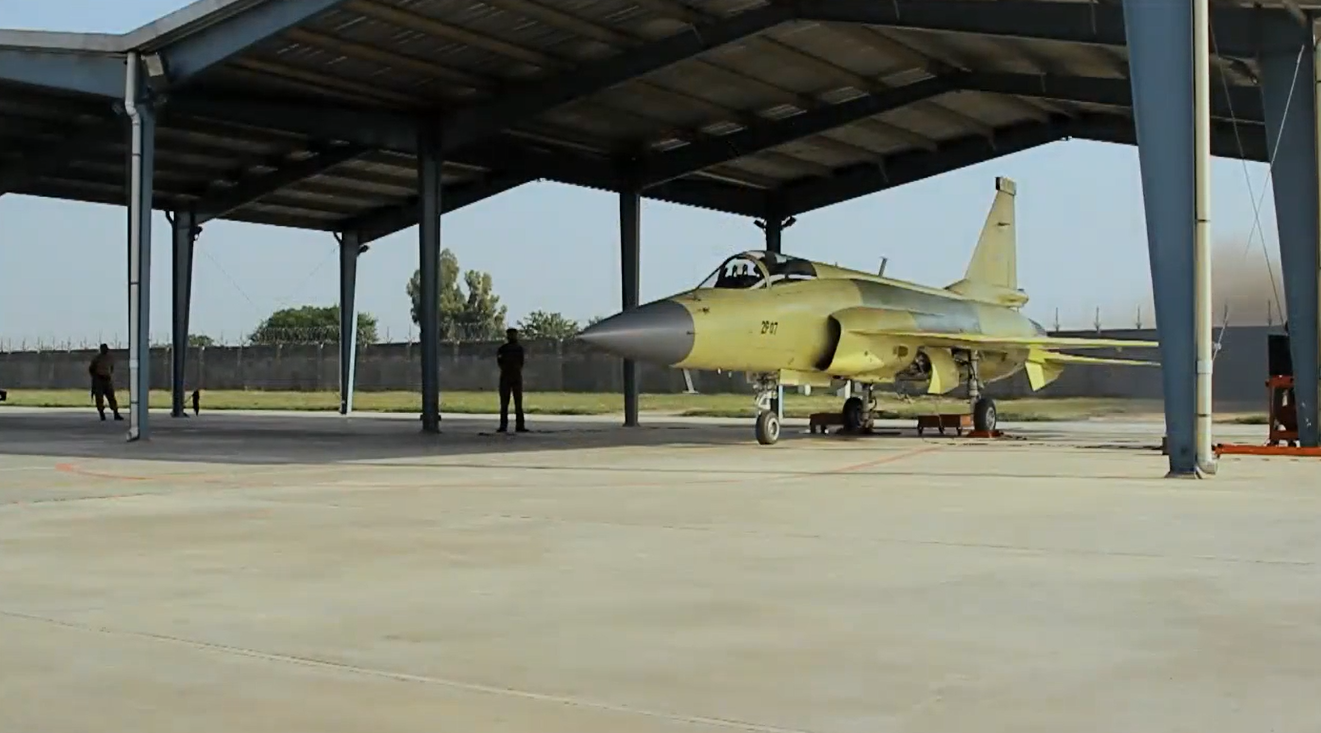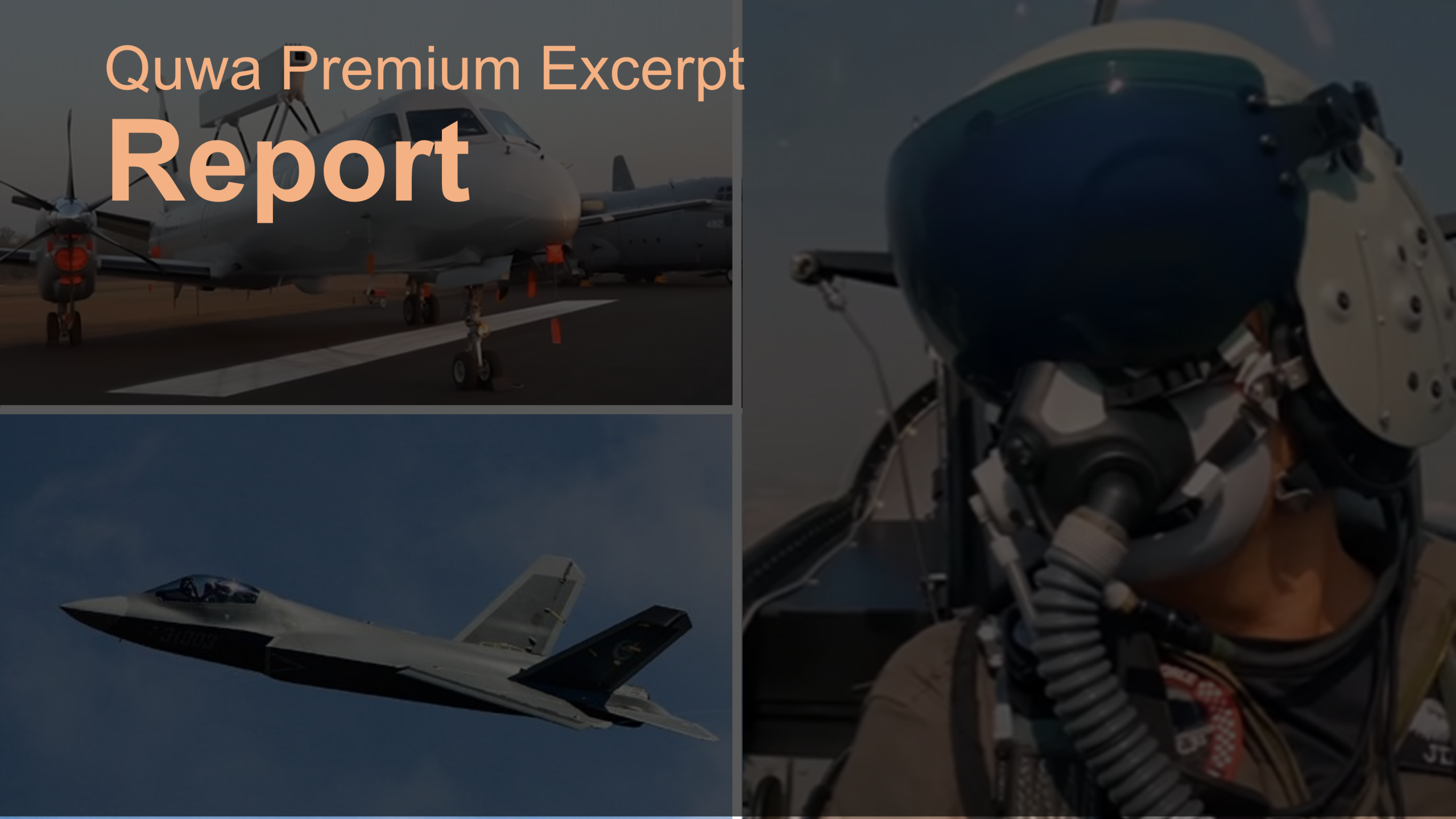Alan Warnes, an aviation journalist and leading Pakistan Air Force (PAF) watcher, recently reported that the PAF’s JF-17s have logged more than 19,000 operational fight hours since the fighter’s induction into active service in 2011. There are 65 JF-17s in the PAF (allocated to three operational fighter squadrons and a training unit belonging to Combat Commanders School).
Although the dual-seat JF-17B is slated for induction by April 2017, Alan Warnes was able to learn from PAF officials that the first JF-17B will be delivered to Pakistan by December of this year.
Elsewhere, Pakistan’s Minister of Defence Production, Rana Tanveer Hussain, told Pakistani media outlets that Pakistan Aeronautical Complex (PAC) was in talks with “seven or eight” countries over the possibility of selling JF-17s. Details into which countries were not disclosed.
Comment & Analysis
It will be interesting to see how the introduction of the JF-17B will impact those talks. The dual-seat JF-17B is expected to strengthen PAC’s ability to market the Thunder to prospective buyers.
Not only will it offer a familiar means for training and converting to the JF-17, but the PAF could even market the JF-17B as a stand-alone solution. For example, the JF-17B will essentially be used as a lead-in fighter trainer (LIFT) or fighter conversion unit (FCU) platform in the PAF. PAC could market the JF-17B as a low-cost LIFT, one with a comprehensive training package involving high-fidelity simulators as well.
Alternatively, integration with a competitive targeting pod and a wide range of air-to-ground munitions (such as laser-guided bombs, missiles and rockets) and stand-off weapons (such as anti-ship cruise missiles and glide-bombs) could position the JF-17B as a low-cost attack fighter.
For air forces with limited funding and/or access to Western goods, a JF-17B strike platform could be an interesting means to both replace far less capable older jets (such as the MiG-21) as well as affordably build modern qualitative capabilities – such as precision-strike and anti-ship warfare.
In fact, packaging an end-to-end solution that includes various air-to-ground munitions could open up an opportunity for Pakistan to vertically integrate customers, and thus, open up additional opportunities for the Pakistani defence industry.
By being the primary source of the JF-17’s munitions, organizations such as Global Industrial Defence Solutions (GIDS), National Engineering and Scientific Commission (NESCOM), and Pakistan Ordnance Factories (POF) could enhance the JF-17’s value proposition as well as increase the revenue accrued from its sale. This could also be way to offset the cost of raising local production capacities for munitions, particularly expensive ones such as anti-ship missiles or new-generation air-to-air missiles.




